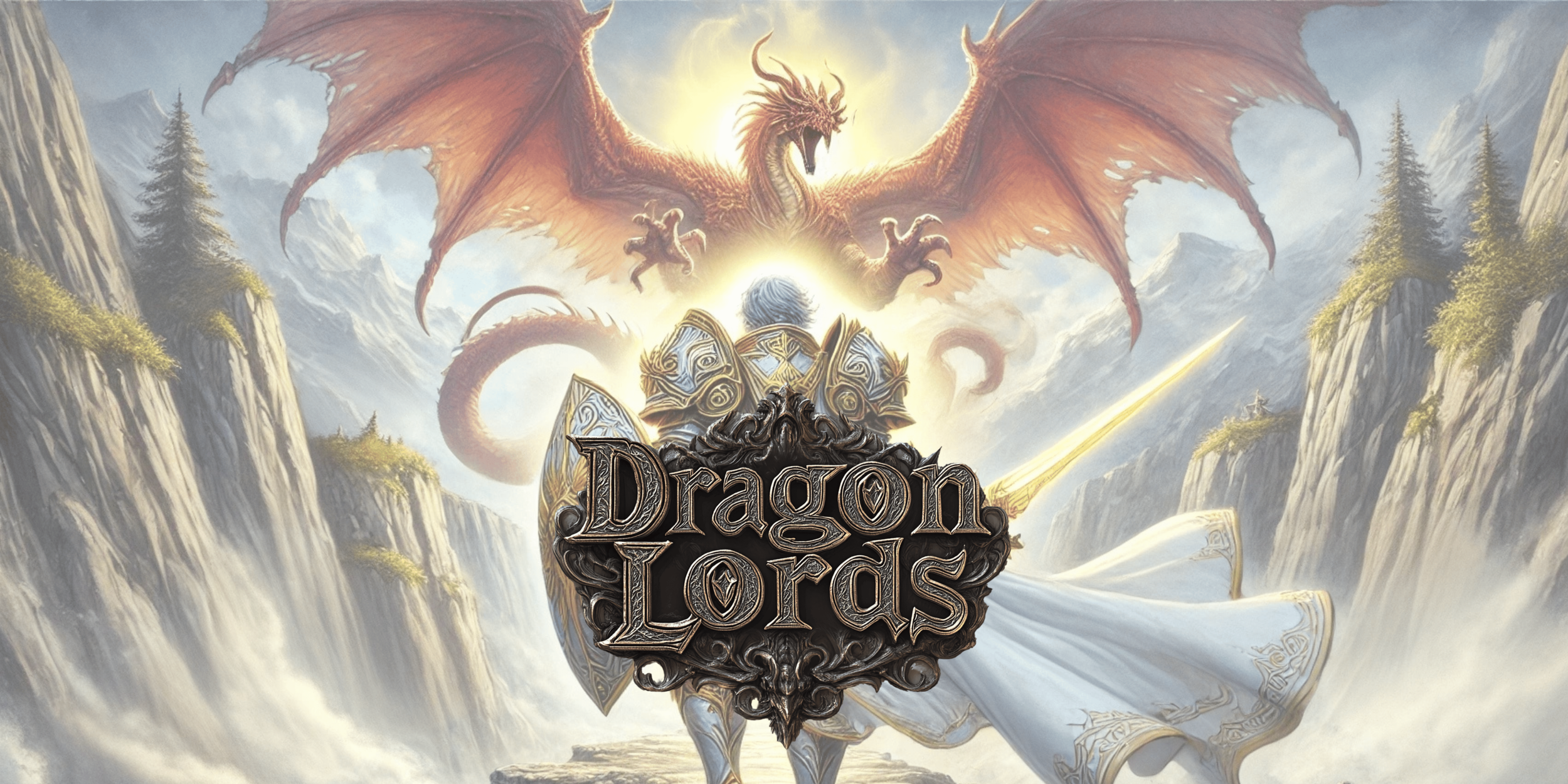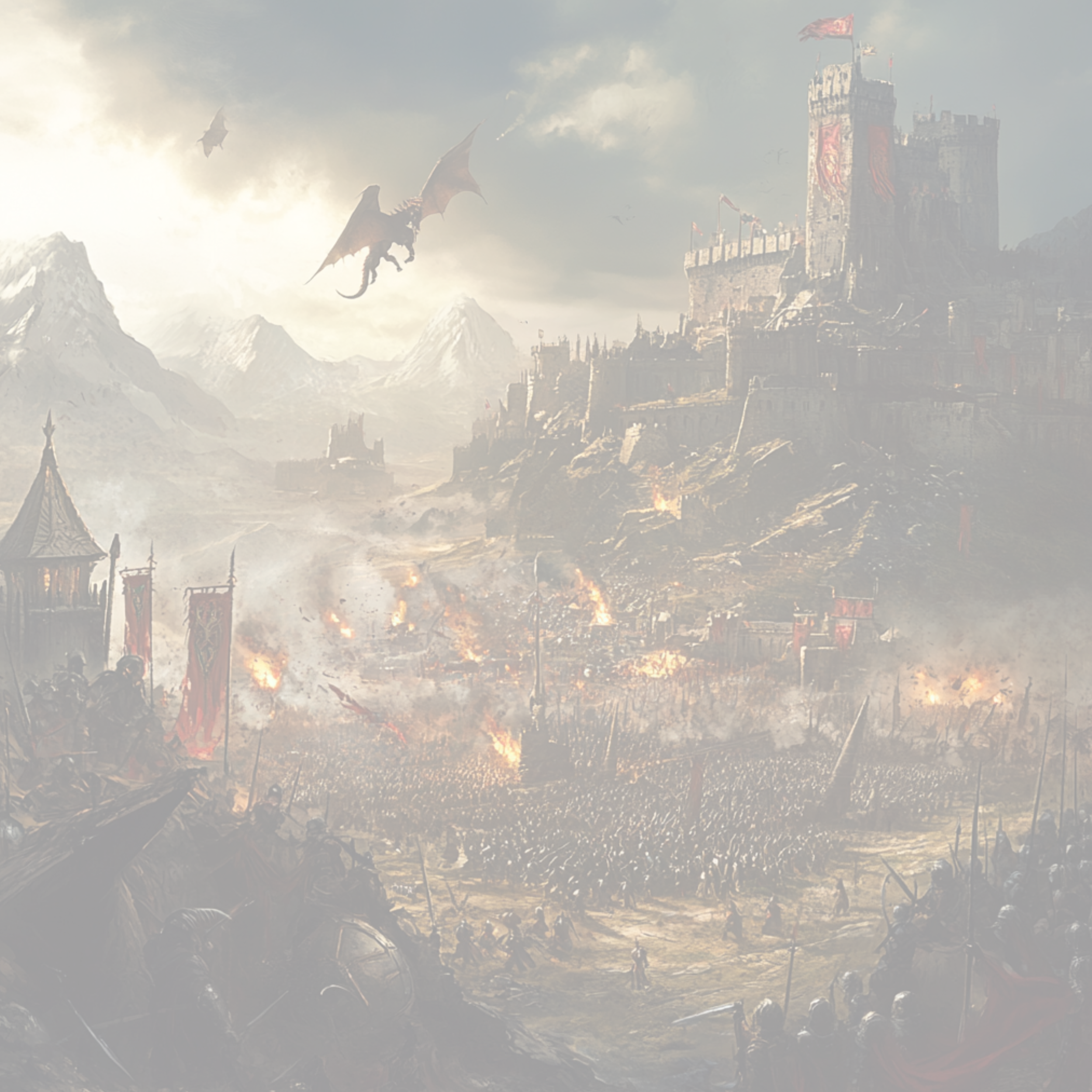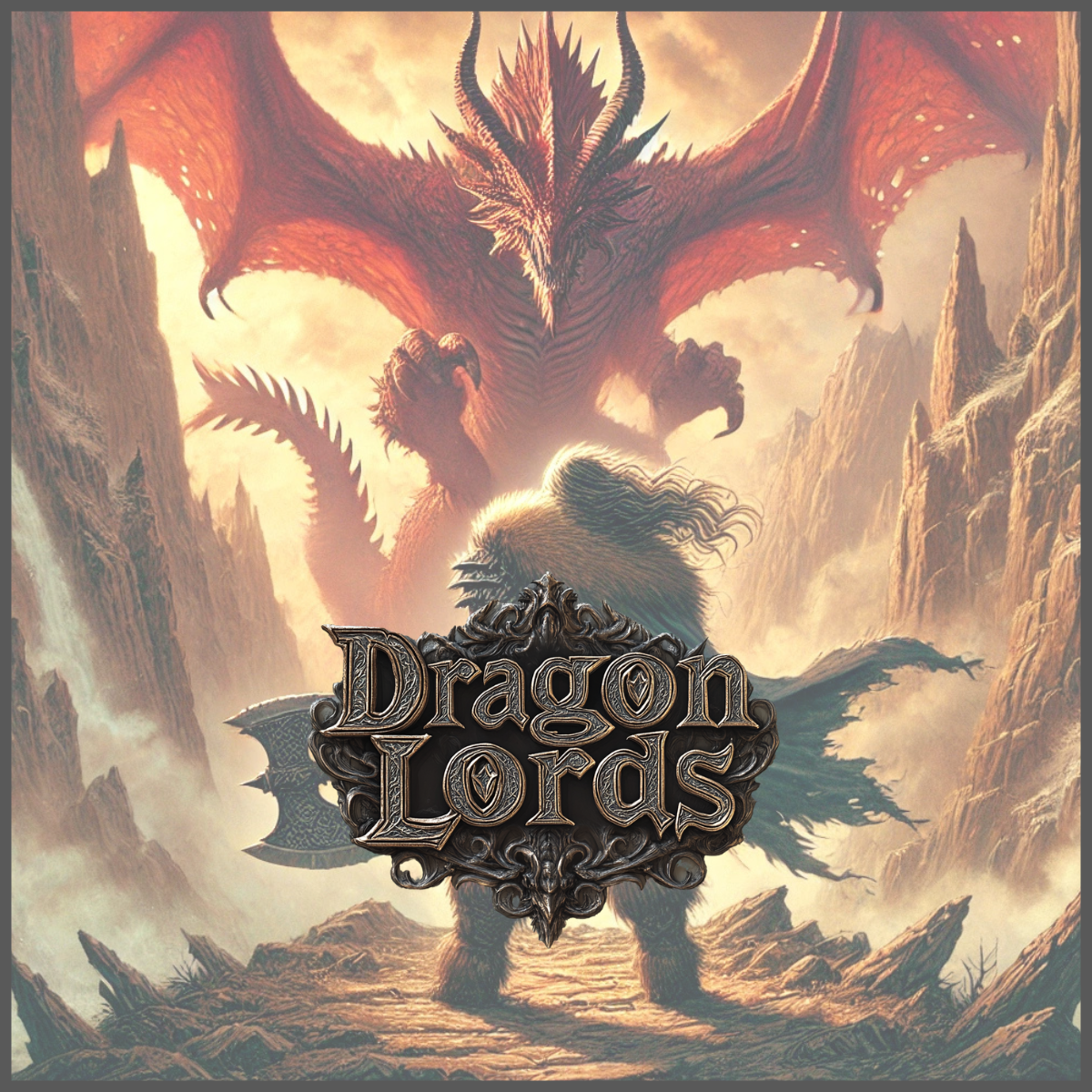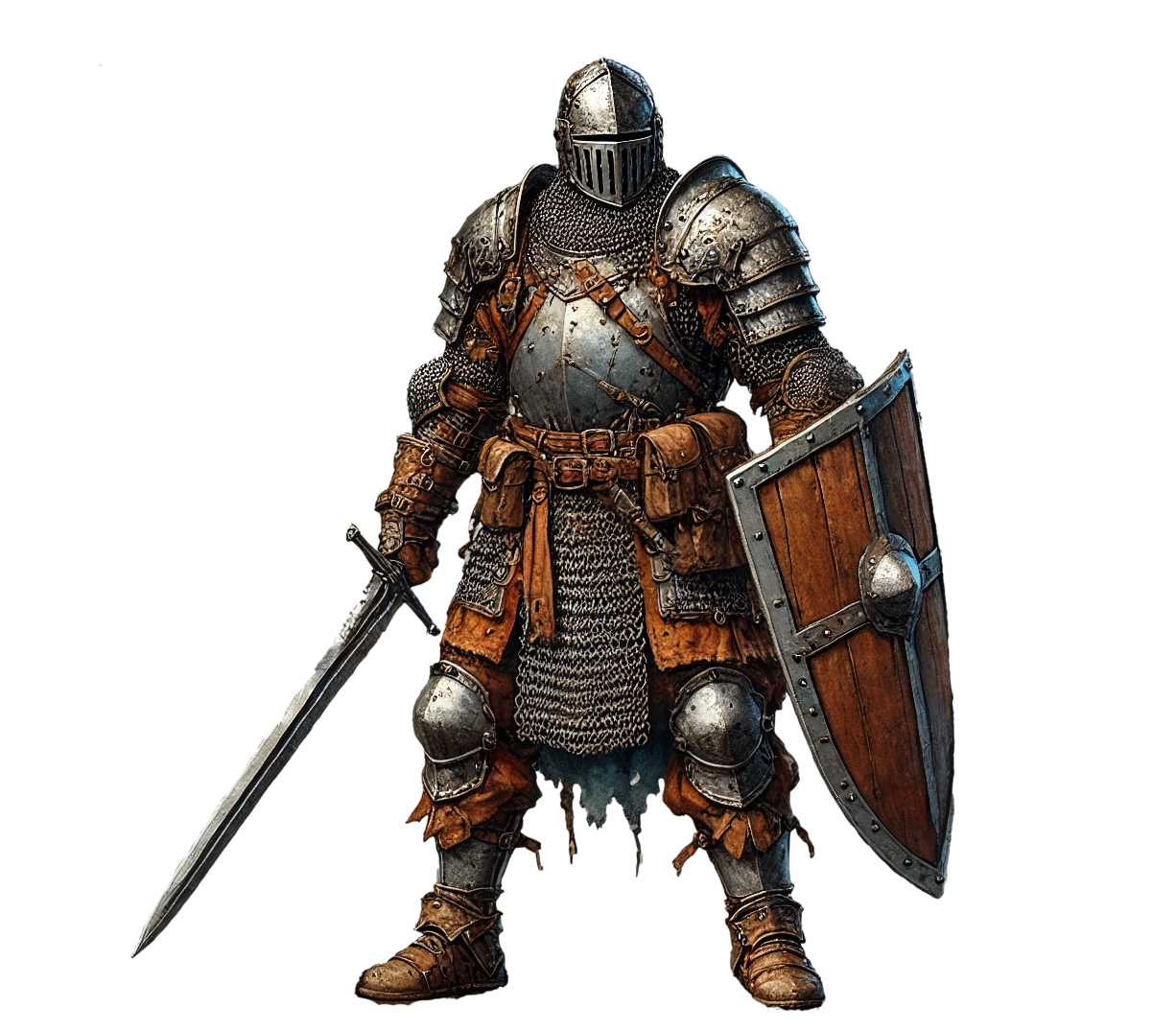
Explore your world. Develop your cities. Build your stacks. Outwit your opponents. Rule.
Dragon Lords is a retro, 2D, hex-based fantasy stack-building strategy game. Centered around our choice point system, players plan their unique approach to discovery, development, deception, and destruction.
The emphasis of gameplay is making many meaningful decisions every single turn. These decisions provide the foundation for your approach to conquering your opponent.
Will you favor the brute force of large, powerful stacks?
Do you prefer a highly refined army style which uses maximum leverage to decimate clumsy enemies?
Is your approach based on emphasizing city development to punish your opponent in the long game?
Perhaps you prioritize building your prestige in order to hire more heroes so you can search more ancient ruins, discover legendary items, and dominate your opponent.
Or do you want to deflect and parry your opponent’s strategies as your highly focused espionage play style culminates in your spies assassinating their units, killing their city governors, and burning down their cities without a single army of yours involved?
The choice is yours.

Key Game Features of Dragon Lords:
Game design focused on a choice point system
A deep, stack-based combat system on a massive, retro 2D hex grid
Hire, as many as you choose (and your Empire’s treasury can afford) of the 10 completely unique hero types, each capable of selecting skills, collecting over 200 powerful items through ruin exploration, and gaining experience and power from level 1 through 50.
Develop the means to produce over 200 unique armies, each with distinct strengths, weaknesses, and abilities
100+ unique city governors to hire, giving cities personalized buffs and advantages…for a price.
50+ city buildings to build, each with meaningful strategic utility and costs
A detailed spy system with over 20 espionage abilities—and multiple countermeasures
Wield global magic via the Scroll System to turn the tide at critical moments.
Emphasize the importance of exploration and discovery and activate ancient monuments which provide empire-wide bonuses
Our Choice Point Approach:
Dragon Lords is about making decisions. Lots of them.
Not because you read an online guide somewhere. Or because you watched a youtube video showing a minmax build. But because you want to explore and create. To pioneer. To manifest your own strategic approach to the game.
So we give you options.
Lots of options:
In Dragon Lords, every decision matters. Players shape their empire through a set of core choices that define their strategy, strengths, and style of play. This process begins before the game starts, when players make key choices about their strategy.
These before-turn-one choices for each game include:
Doctrine - Discover, develop, deceive, dominate — Which are do you emphasize?
Deity – Who you worship defines your empire’s bonuses
Leadership Style – Determine your style for leading an empire
Governance Style – Choose how your cities operate and resist enemy influence
Economic Policy – Shape your approach to the complex and meaningful economic system
Intelligence Directive – Define how you interact with the game’s espionage systems
Scroll System – Dozens of scrolls allow you wield spells with empire wide significance. Which three will you start with?
Hero - There are 10 unique hero classes. Although you can recruit more heroes throughout each game, you only start with one. Who will you select?
Starting Army - You receive 1,000 gold pieces to purchase your beginning army. With more than 200 unique armies to choose from, the possibilities are vast.
Initial Production - Dragon Lords is about using cities to build armies which form powerful stacks. You start with an additional 1,000 gold pieces to select which armies you’ll produce on a recurring basis.
And that’s all before Turn One!

What is a Stack-Building Game?
In Dragon Lords, “stack-building” means organizing your armies into strategic groups of units called stacks.
Each stack can contain up to eight units, including heroes. Stacks fight as a single entity on the battlefield. When two stacks clash, combat is resolved based on the combined stats, abilities, bonuses, and interactions of all units within each stack — not just individual units.
As you can imagine, synergy, positioning, and stack composition determine victory. Some stacks specialize in brute force, others in stealth, healing, or ambush.
Oh yeah, you know how we reviewed that stacks are limited to eight units…
That’s true…unless you have units whose special ability increases your stack size.
And that’s just the beginning.
Let’s Look at Stack-Mechanics in Action:
To understand stack mechanics, you must understand how combat works.
In Dragon Lords, all combat takes place using a 100-sided die roll. In combat, each unit rolls a 100-sided die. If a unit rolls below their combat score, they get a hit. If one unit scores a hit and another unit scores a miss, the missing unit loses one hitpoint. If both units score a hit, both units reroll, repeating this until only one unit scores a hit. Most (but not all) units have two hitpoints, requiring two hits to be destroyed.
So, to illustrate this, imagine you’re using a heavy infantry unit to attack a conscript unit:
Heavy infantry have an attack combat value of 10 (Heavy Infantry have a defend combat value of 20, but more on that later) and have two hitpoints. Conscripts have a defend combat value of 5 and have two hitpoints.
The Heavy Infantry unit rolls a 100-sided die. A 9. That’s below a 10. Thus, a hit! The Conscript then rolls a 100-sided die. A 5! What luck! Both units scored hits. Thus, neither unit takes a point of damage and the next round begins. Heavy Infantry: 8, another hit! Conscript: 49, a miss. Since the Heavy Infantry scored a hit and the Conscript missed, the conscript takes one hitpoint of damage, reducing it to one hitpoint. Next round, Heavy Infantry: 2, hit. Conscript: 85, miss. The conscript takes one hitpoint of damage, reducing it to zero hitpoints. The conscript is destroyed.
In this one-on-one combat, the Heavy Infantry unit will win 74% of the time.

Now, let’s imagine you have eight Heavy Infantry attacking eight Conscripts:
In stack combat, the “front” unit in each stack fight each other until one is destroyed. Then, the surviving unit fights the next unit in line in the enemy stack. This proceeds until one stack is destroyed.
When eight Heavy Infantry attack eight Conscripts, the Heavy Infantry win 98% of the time and typically have about four Heavy Infantry remaining at the end of the battle.
But now let’s give the conscripts some help.
Let’s put a Pegasus unit at the back of the stack of conscripts. Pegasus have a defend combat value of 25, significantly stronger than a Heavy Infantry’s attack combat value of 10.
But that’s not where the real power of a Pegasus resides. The real power of a Pegasus is that it provides a +5 combat bonus to all friendly units in the stack. Thus, all of a sudden, those conscripts which were defending at 5 are, with the help of the Pegasus, defending at 10.
Now things have changed. With the Pegasus supporting this Conscripts (combined with the Pegasus’ own sturdy 25 defend value), the Heavy Infantry only win 32% of the time. That’s the power of basic stack building.
And now, let me whet your appetite with one more modification to this battle:
Let’s imagine that the player with the Heavy Infantry was aware that his opponent was using Pegasus supported Conscripts for his stacks. In response, he decides to build a Mammoth unit. The Mammoth unit is more expensive and takes much longer to build. However, it has an attack combat value of 35 and has 3 hitpoints.
Sure, the Mammoth has 35 attack value, much more than the 10 defend value of the Conscripts with a Pegasus bonus. But, that’s not enough. If the only value the Mammoth had going for it was a 35 attack value and 3 hitpoints, the Pegasus supported Conscripts would beat the Mammoth nearly 95% of the time.
But that’s not all there is to the story.
The Mammoth has the special “Trample -15” ability.
Trample -15 means is that when the Mammoth fights an enemy unit that has less combat value, the enemy unit receives a -15 to combat Trample penalty. Let’s do a little math: The Mammoth fights at 35. The Pegasus boosted Conscripts fight at 10. 10 is less then 35. So the Conscripts receive a -15 Trample penalty and are now fighting at -5. You can’t roll at or below -5 on a 100-sided-die. It’s impossible for the Conscripts to score a hit. A Mammoth could kill infinite Conscripts. Even the Pegasus, who normally fights at 25, is reduced to fighting at 10.
Thus, even though the Pegasus is supporting an entire stack of Conscripts, the Mammoth will automatically Trample all seven of the Conscripts and then have to fight only against the Pegasus (Mammoth attacking at 35 with 3 hitpoints, Pegasus defending at 10 with 2 hitpoints, resulting in a Mammoth victory 98% of the time).
This shows a key theme of Dragon Lords: Building strong stacks is key. But There is no universally strong stack. Strong stacks are stacks that are prepared to fight what your opponent has deployed. And, thus, gathering information via scouts, spies, sages, librarians, and merchants is critical.
There are more than 200 units with more than 80 special abilities in Dragon Lords.
And we haven’t even begun describing the most important units: Heroes.
Or ruin searching and item acquisition. Or city development. Or hiring powerful Governors to aid you. Or spy mechanics. Or potions. Or scrolls.
But I bet you can already feel it: The urge to join us.
Come build your stacks!
Intentionality Gaming, LLC
Saint Paul, Minnesota













